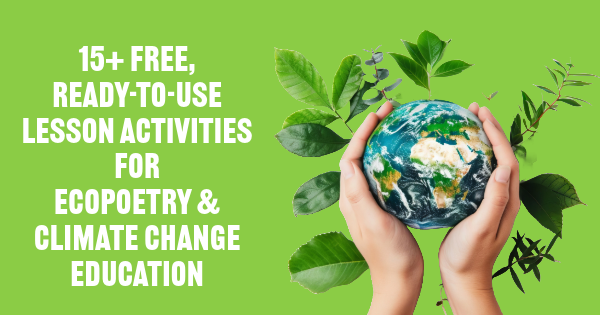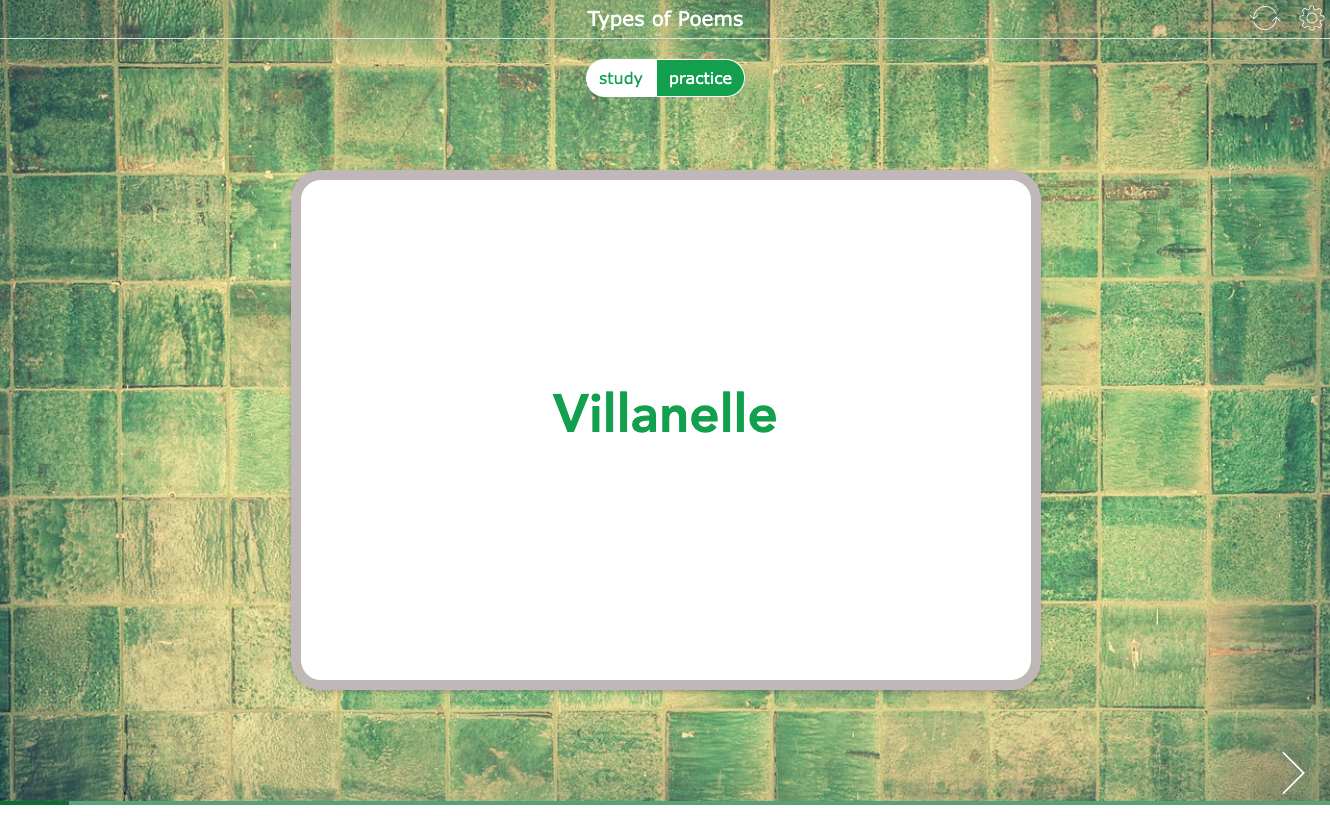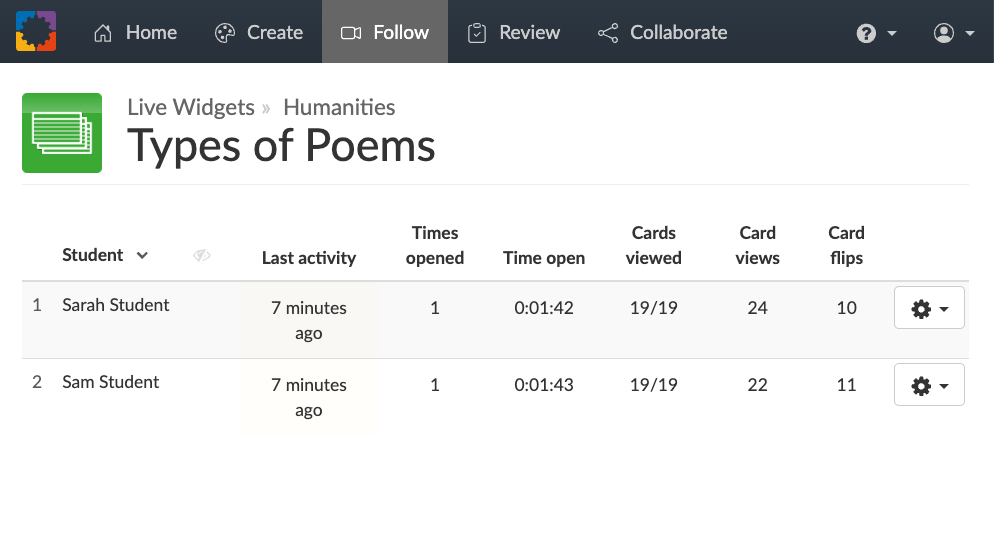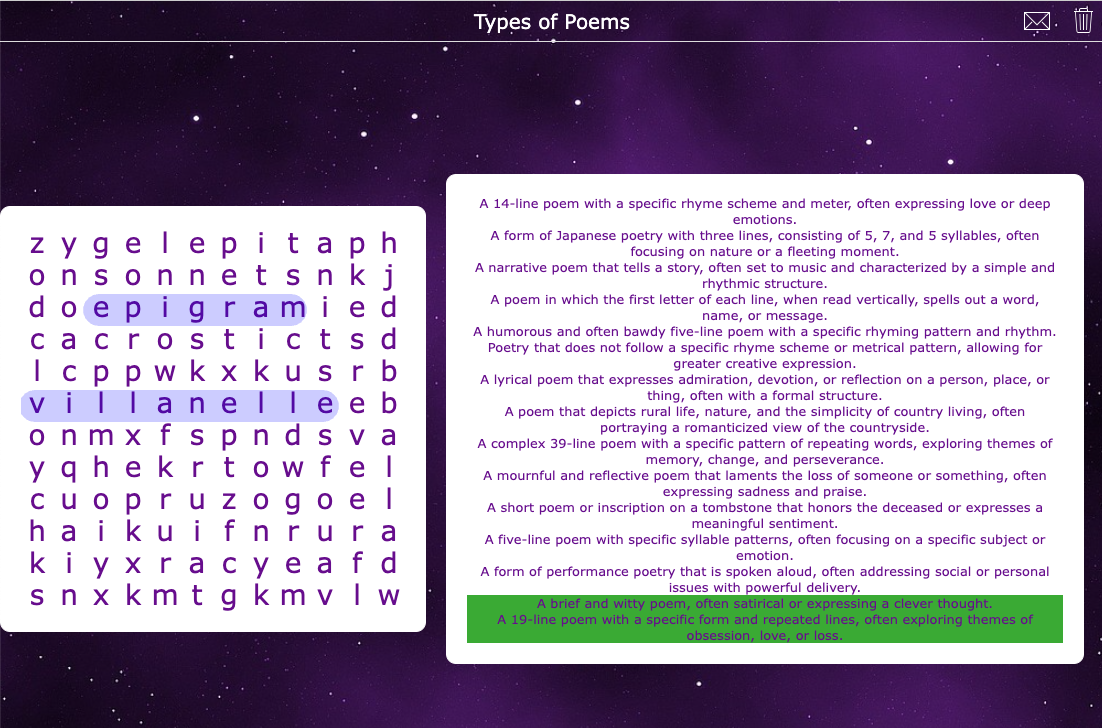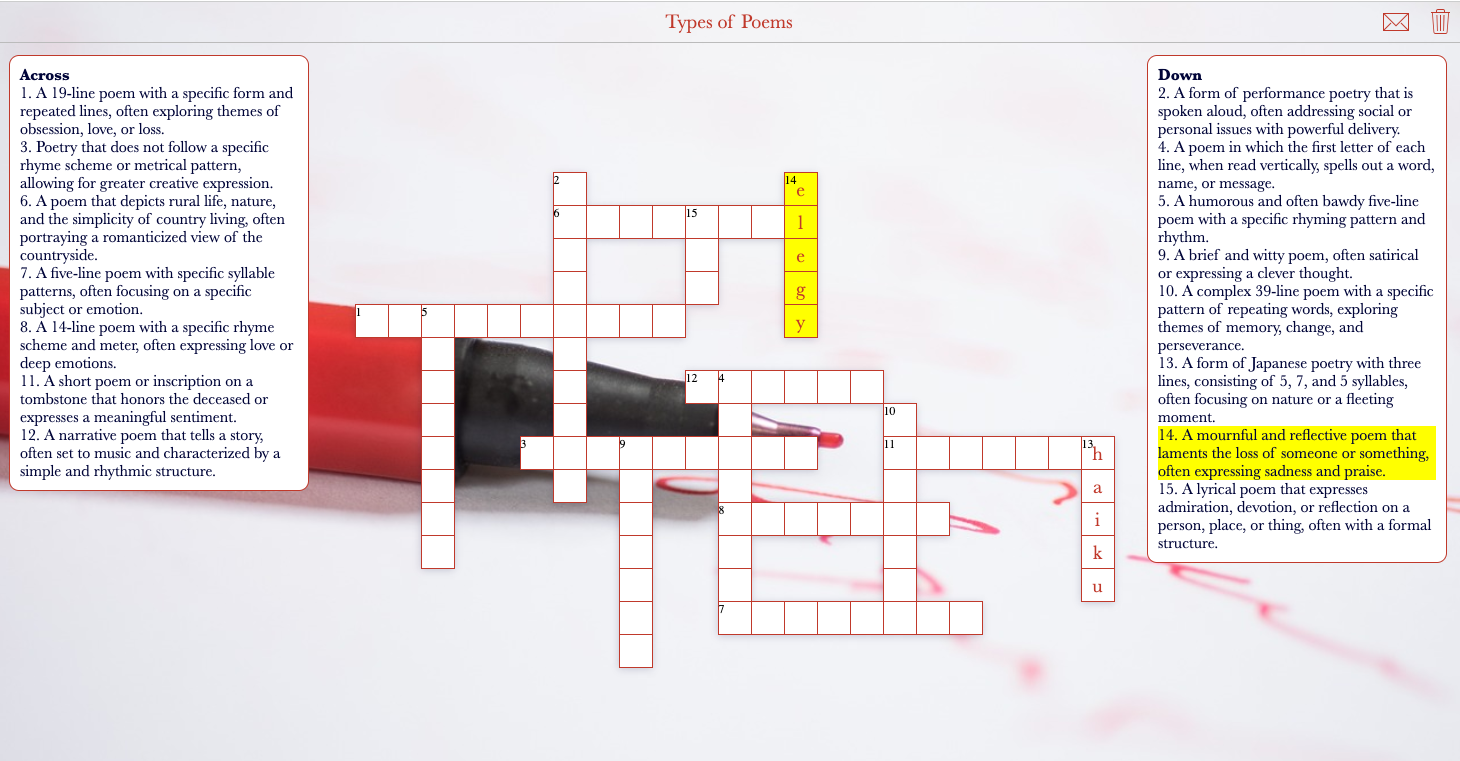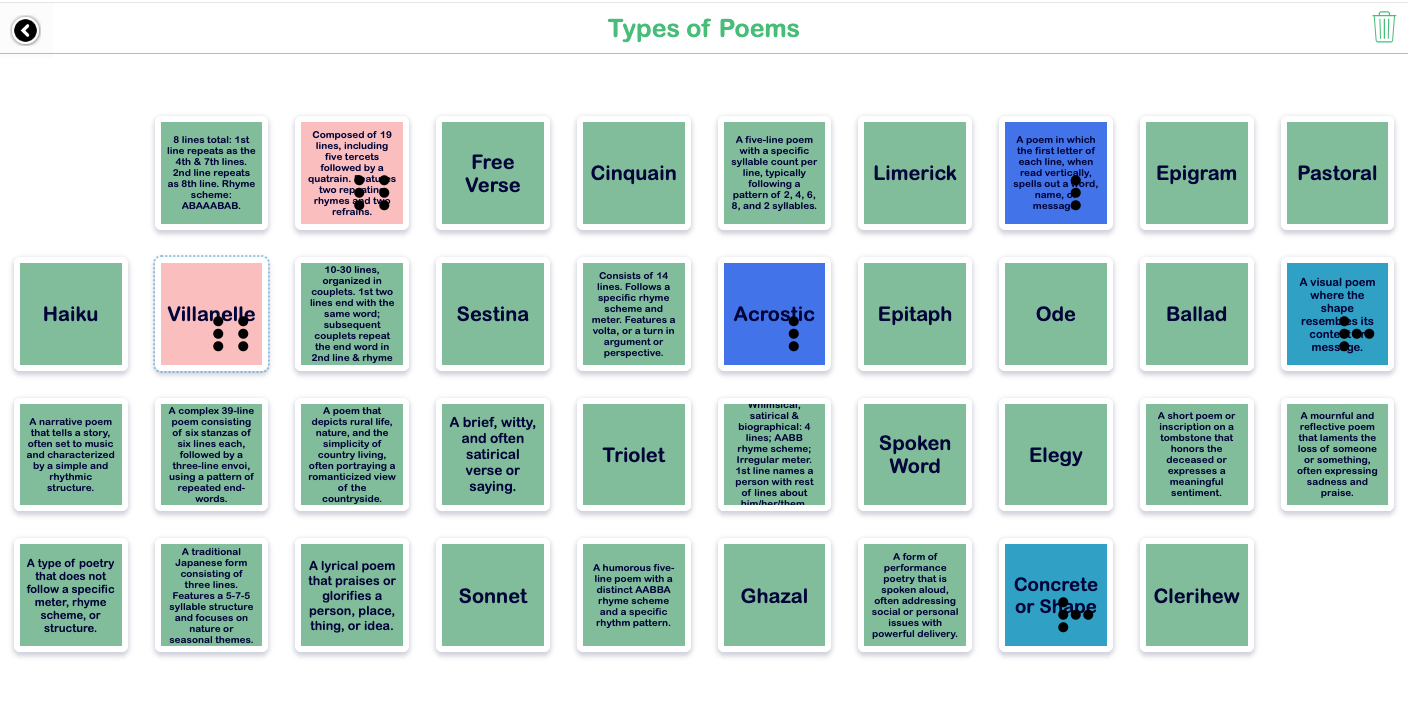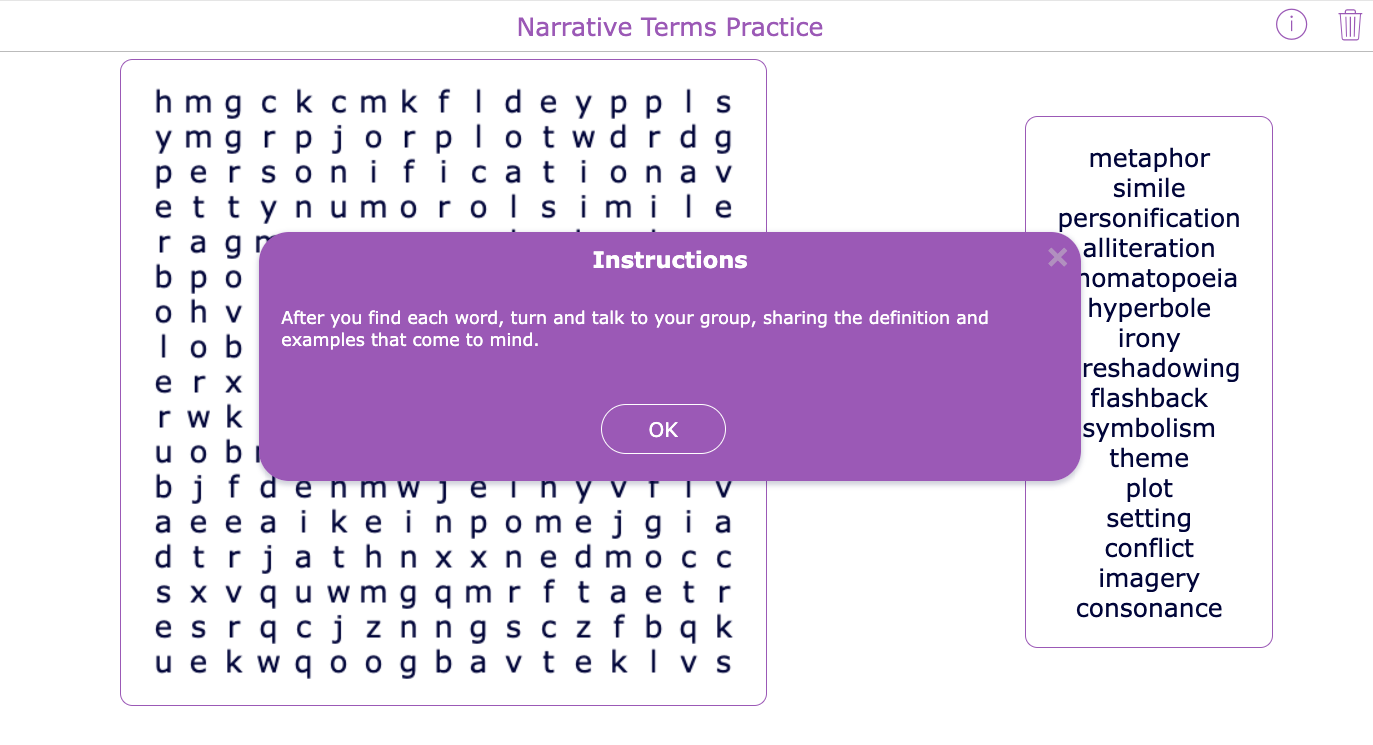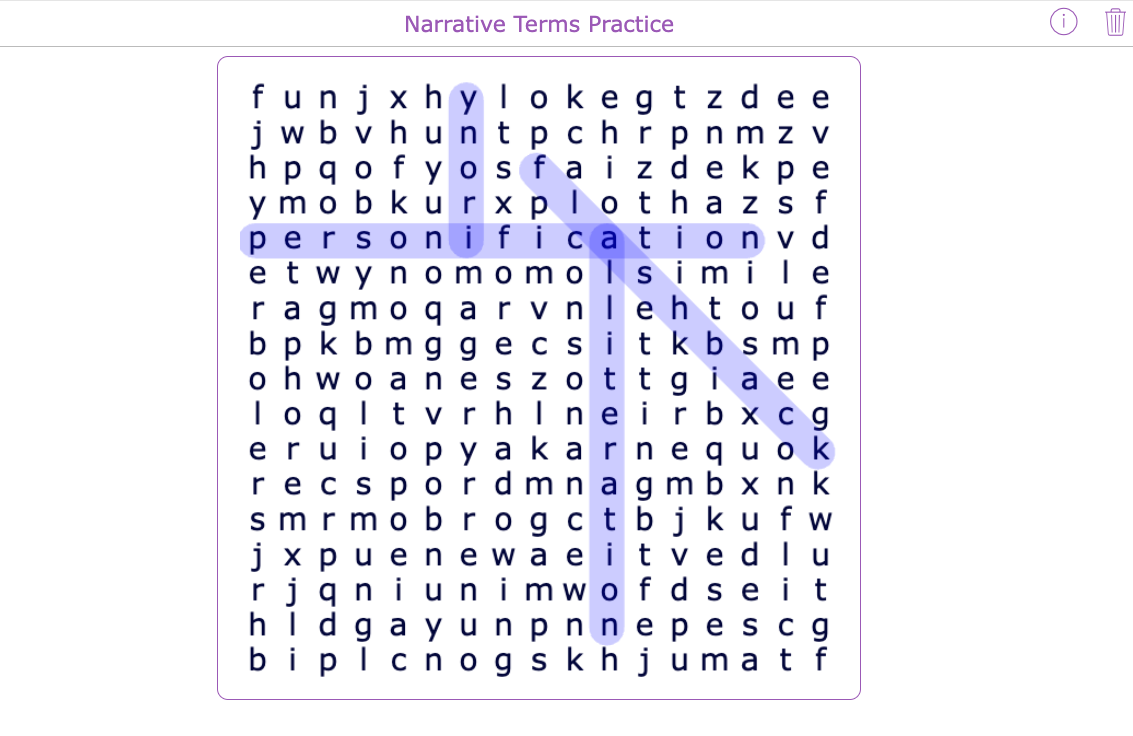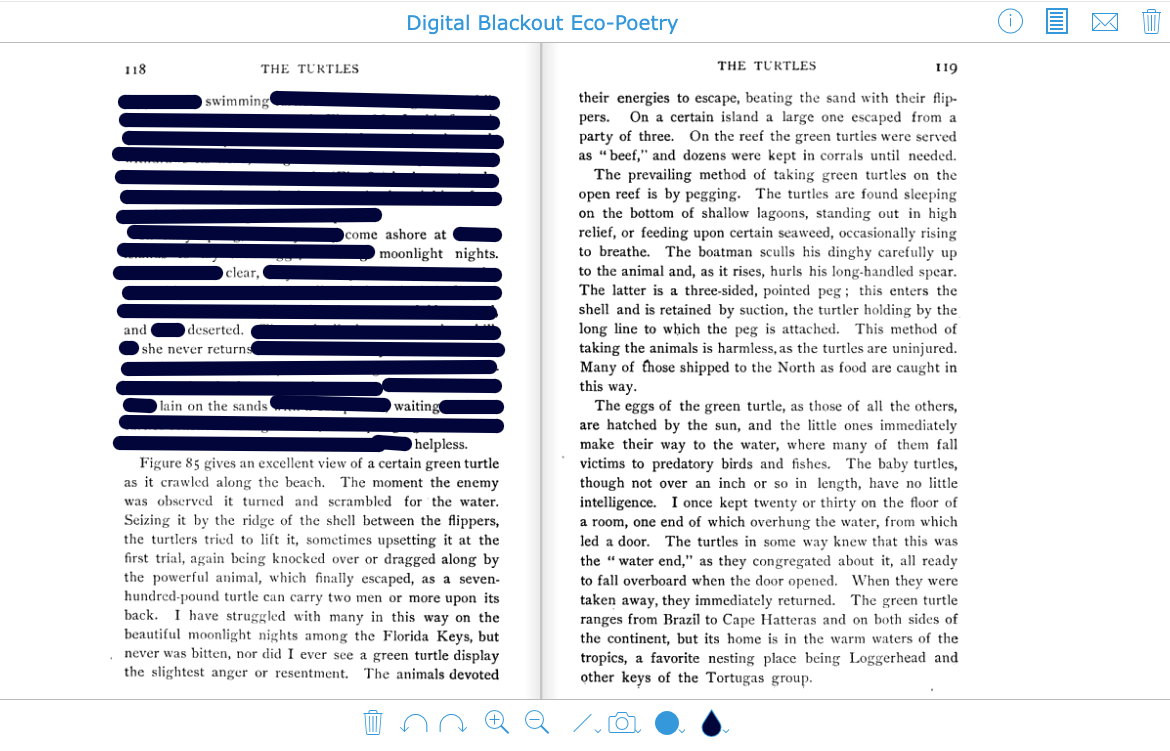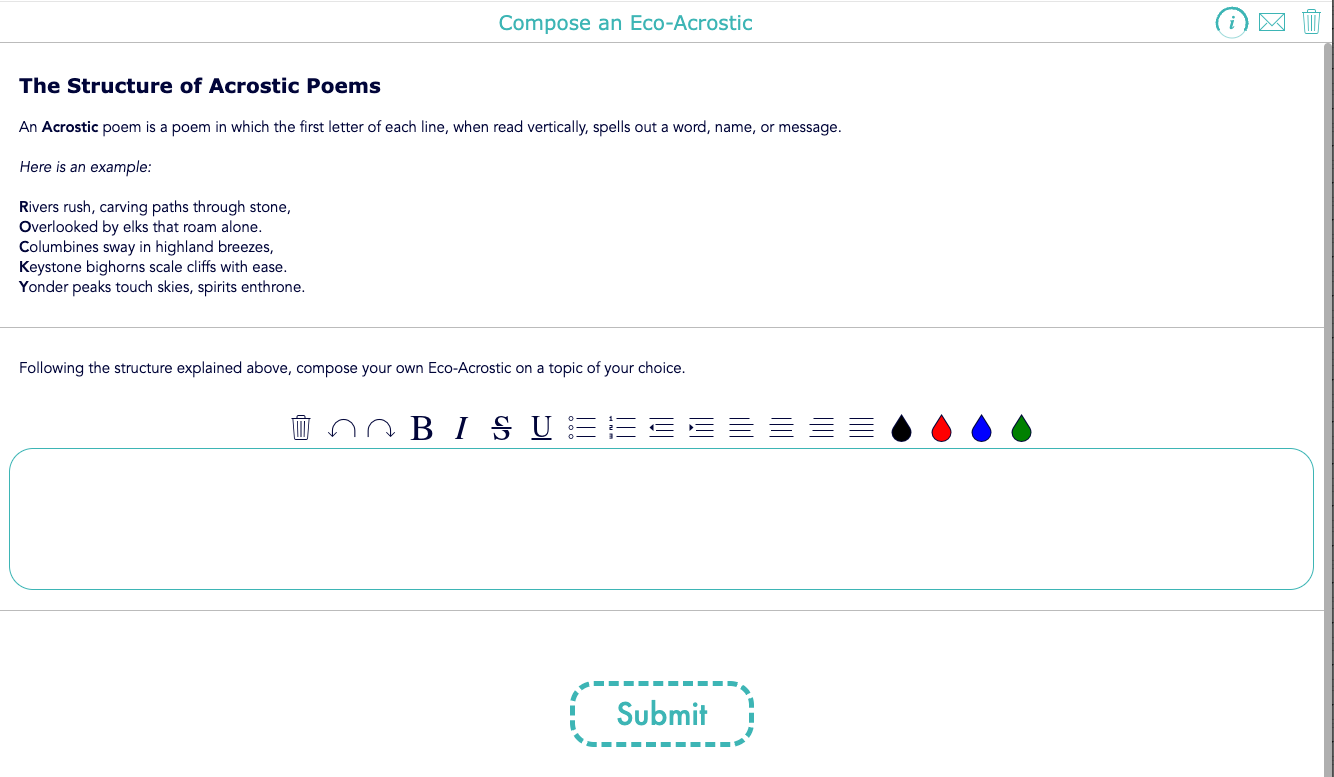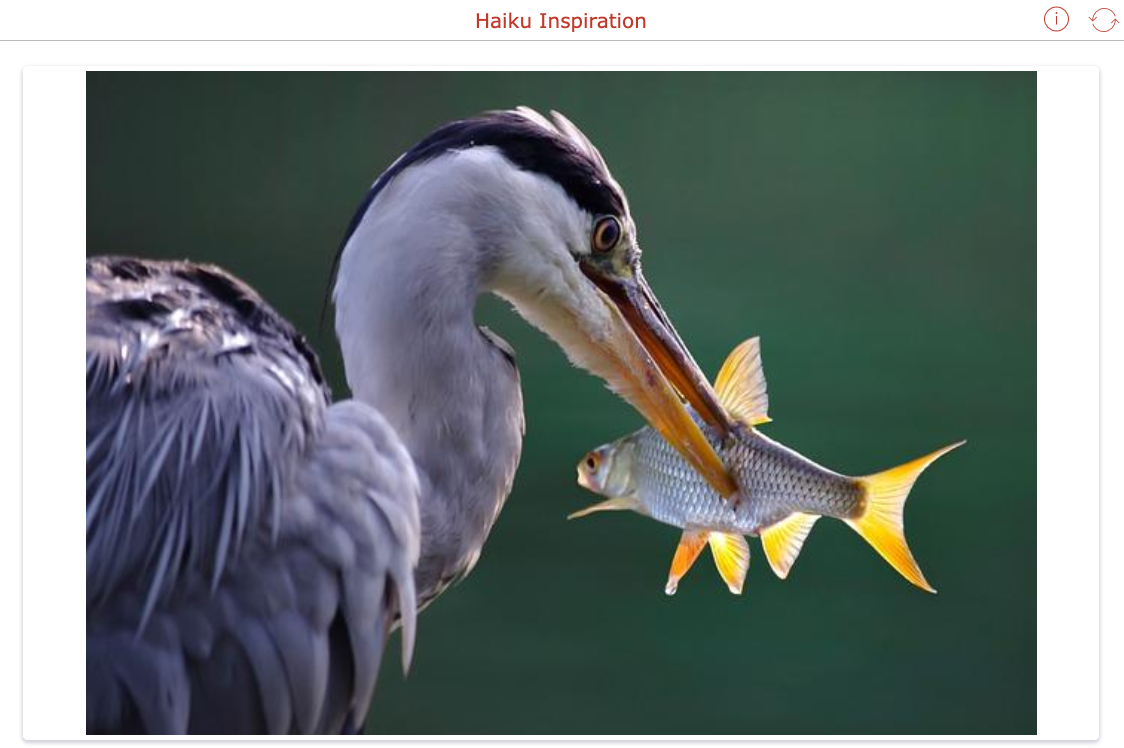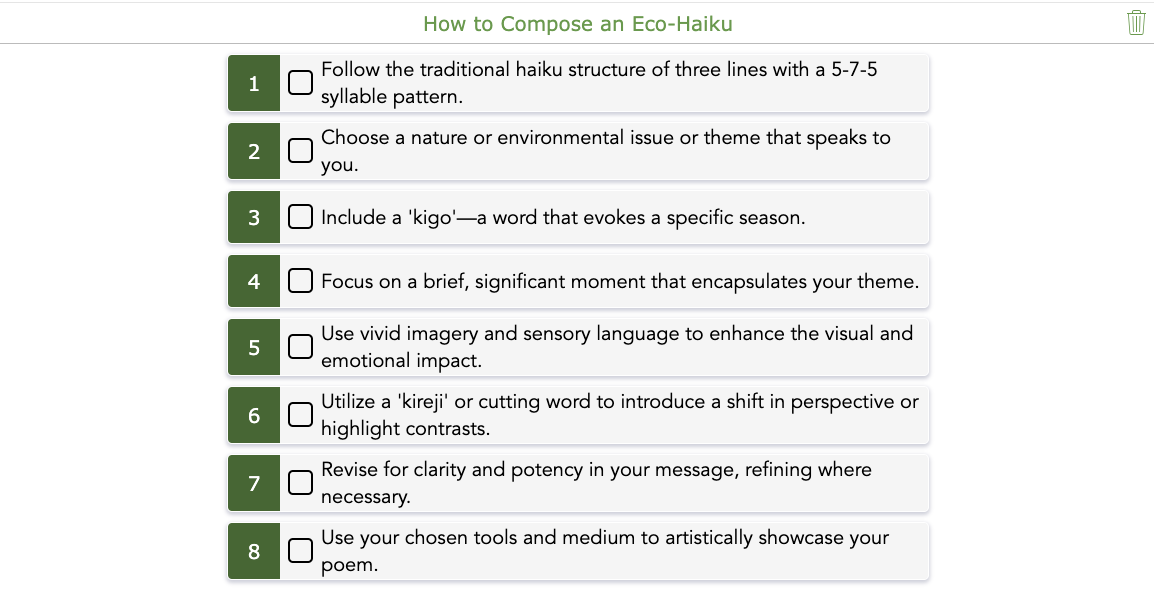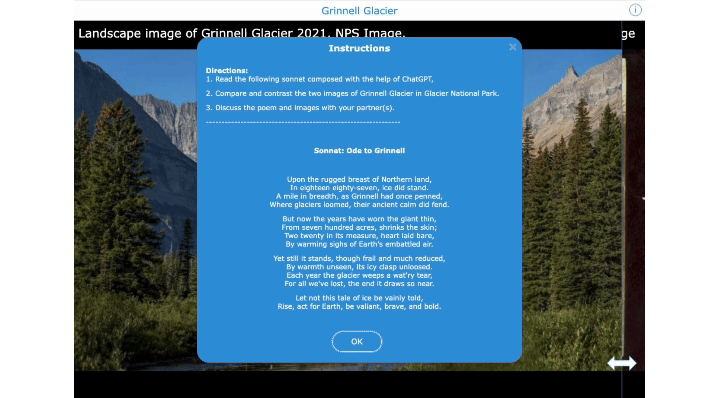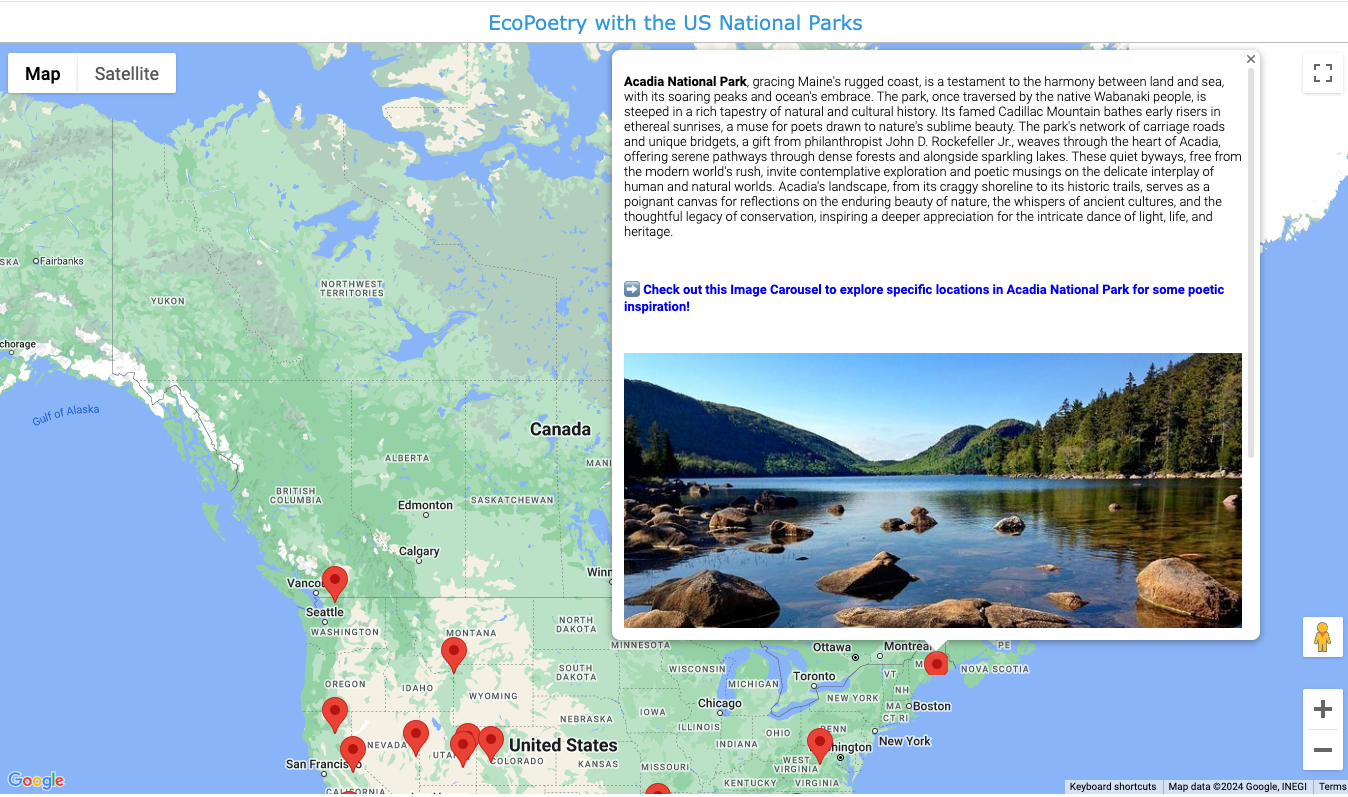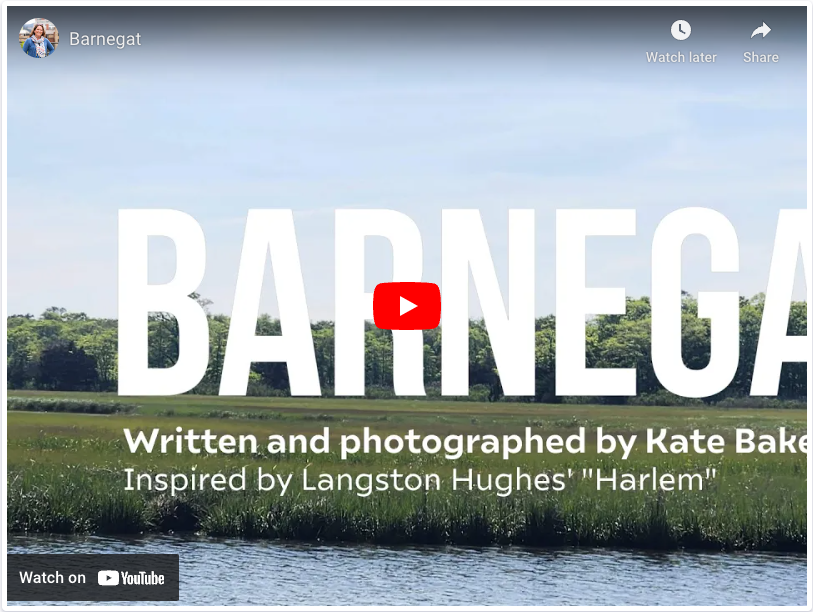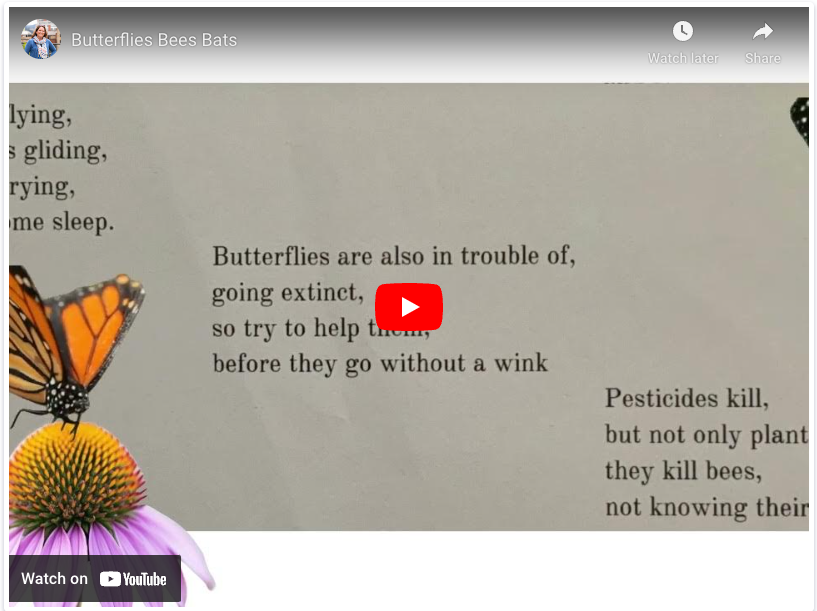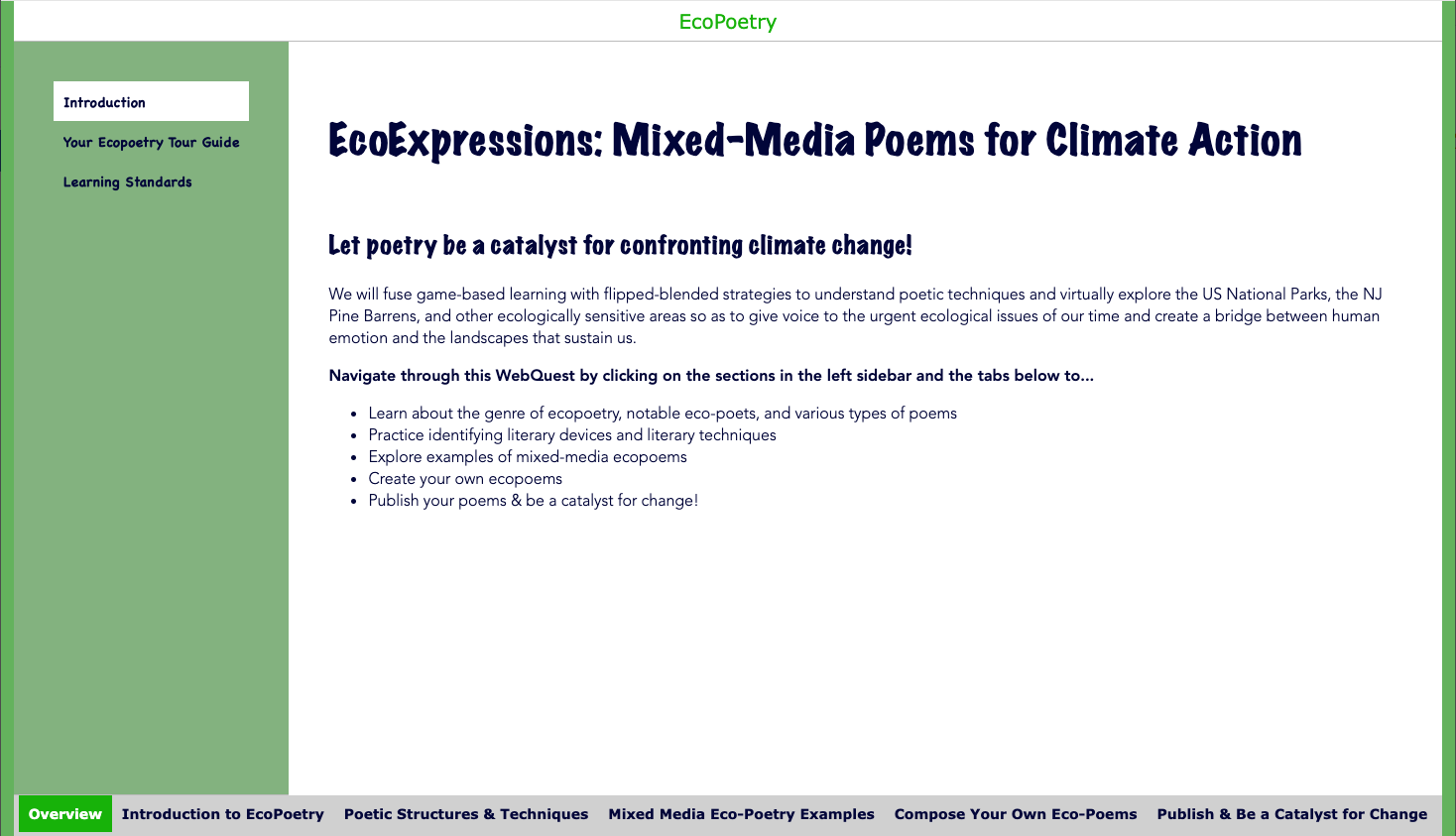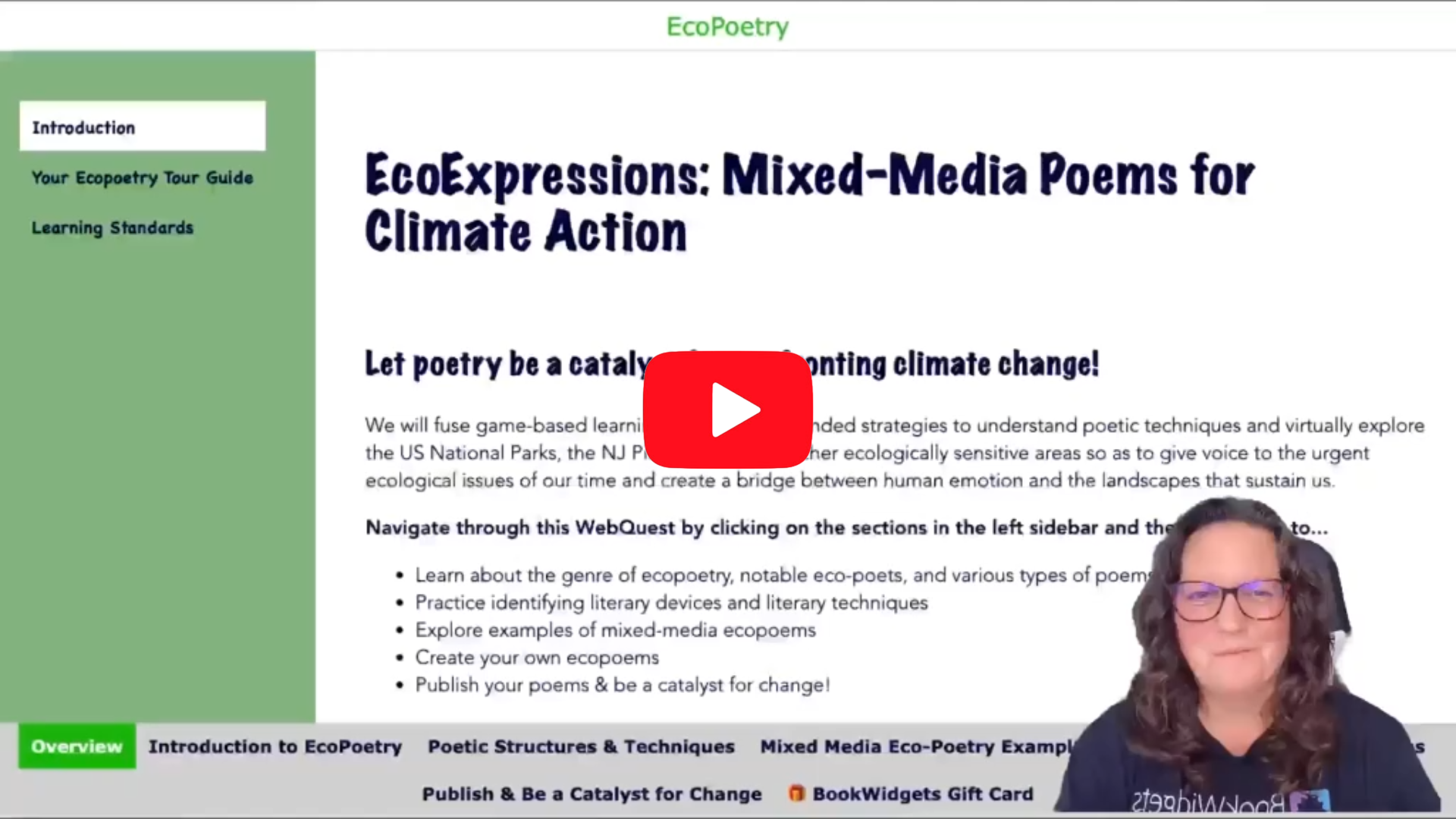15+ Free Lesson Activities For Teaching Ecopoetry & Climate Change Education
 Kate Baker —
Kate Baker —
Empower students to explore climate change, sustainability, and self-expression through interactive ecopoetry lesson plans and standards-aligned digital activities.
Can poetry save the planet? While no single art form can solve the climate crisis on its own, ecopoetry offers a powerful way to teach environmental literacy and inspire action through creative expression. In classrooms around the world, educators can turn to interactive poetry activities for students as a meaningful tool to explore climate change, environmental sustainability, and our connection to nature.
With states like New Jersey, Pennsylvania, and California integrating climate change and environmental literacy and sustainability into their educational standards, and with the Next Generation Science Standards (NGSS) emphasizing real-world applications of scientific concepts and human impact on Earth systems, the role of the arts in environmental education becomes increasingly significant. This shift aligns with the global focus on the United Nations Sustainable Development Goals (SDGs), underscoring the need for interdisciplinary approaches that connect science, creativity, and advocacy.
Check out this blog post, Understanding and Teaching the 17 Sustainable Development Goals (SDGs), for an in depth look at creating BookWidgets activities that align to each of the 17 SDGs.
In this post, we’re going to explore how the art of ecopoetry captures the beauty of the Earth and confronts the ecological challenges we face. The culmination of this post is the EcoExpressions WebQuest I created with BookWidgets, a cross-curricular lesson experience designed to inspire and educate students by intertwining self-regulated, game based learning and poetry with environmental education and ecological advocacy. Whether you’re teaching middle school, high school, or even college, you’ll find ready-to-use poetry activities that align with standards and inspire students to care for the planet.
In this post, we will answer…
- 🌿 What is ecopoetry, and how does it support climate change education?
- 👨💻 How can we teach poetry through game-based learning?
- 📝 How can we teach students to compose ecopoems?
- 🌎 How can we use ecopoetry for environmental advocacy?
In addition to answering the questions above, we will also share free, ready to use lesson activities contained within the EcoExpressions WebQuest. Each activity listed below and contained within the WebQuest is crafted for easy integration into your existing English Language Arts curriculum, offering dynamic and cross-curricular ways to explore complex environmental issues and inspire actionable solutions in learners of any age. Students will be able to connect deeply with environmental issues through the art of poetry, using interactive and multimedia instructional elements. Keep reading to discover how integrating ecopoetry within the framework of state climate change standards can enhance educational outcomes and inspire students to engage actively with environmental issues.
Before we begin: If you are new to BookWidgets, BookWidgets is a content creation and evaluation tool for teachers. We save teachers time and energy when creating digital instructional content and assessing student learning with customizable templates (aka widgets) for creating activities and a reporting dashboard to track your students’ progress. You can create your own or duplicate the ones I share in this post by opening the activity and making a copy in your account. After duplicating, you can make changes to the activity, customizing it for your students. By clicking on this link you can access all the ecopoetry activities mentioned in this blog post.
💡 Keep in mind: If you integrate BookWidgets into a Learning Management System like Google Classroom, Microsoft Teams, Moodle, Canvas –& more!–, you can use “Live Widgets” to keep an eye on your students’ progress in real time to give feedback and support when needed.

What is ecopoetry, and how does it support climate change education?
Ecopoetry is a branch of literature that explores the intricate relationship between humans and the natural world through poetic expression. This genre highlights the beauty and intricacy of nature, and addresses pressing environmental issues and the human impact on the Earth. Through vivid imagery and emotional depth, ecopoetry seeks to evoke a sense of responsibility and stir action towards preserving the natural world.
Notable ecopoets who have significantly contributed to the genre include Gary Snyder, whose work deeply intertwines with his environmental activism and Zen Buddhist beliefs; Joy Harlo of the Muscogee Creek Nation who incorporates indigenous myths, symbols, and values with themes of injustive, survival, and the celebration of the earth; Wendell Berry, who uses his poetry to champion agricultural sustainability and land conservation; Mary Oliver, known for her clear, poignant observations of the natural world; and W.S. Merwin, whose poems frequently reflect on humanity’s impact on nature.
Ecopoetry offers a dynamic avenue to engage with state climate change education standards, particularly within the frameworks established by states like New Jersey, California, and Pennsylvania.
- New Jersey’s climate change education standards encourage interdisciplinary approaches that integrate ecological awareness across all subjects, including the arts, where ecopoetry can serve as a tool to explore and communicate environmental issues.
- California’s State Content Standards also features the inclusion of climate change instruction, emphasizing the role of education in fostering an understanding of sustainability issues through creative expression.
- Pennsylvania’s STEELS standards (Science, Technology & Engineering, Environmental Literacy, and Sustainability call for applied, real-world learning that helps students understand and address environmental challenges.
These initiatives align with the broader Next Generation Science Standards (NGSS), which promote systems thinking, scientific inquiry, and human impact on Earth systems. By encouraging students to analyze, create, and publish ecopoetry, educators can meet these standards while fostering both ecological literacy and creative expression.
“Climate change education can equip young people with the knowledge and skills needed to understand and address its impacts, fostering a generation of environmentally conscious citizens. By integrating these standards, New Jersey can also promote creativity, critical thinking and problem-solving skills, as students learn to analyze data, understand scientific principles, and explore innovative solutions. Furthermore, this approach aligns with global efforts to combat climate change, positioning New Jersey as a leader in sustainability education. Ultimately, incorporating climate change into the curriculum helps prepare students for future careers in a green economy, ensuring they are ready to participate in and contribute to a sustainable world.”
~ Michelle Wendt - Climate Change Learning Collaborative - SRI & ETTC of Stockton University, NJ
Ecopoetry enhances students’ appreciation for literature and the arts, and deepens their understanding of their environmental responsibilities and connection to the world outside their doors. By engaging emotions and intellect, ecopoetry fosters a sense of connectedness with the natural world, encouraging students to think critically about sustainability and their role in preserving the planet for future generations. Through ecopoetry, you can introduce and teach complex issues like climate change, biodiversity loss, and environmental justice in a relatable and impactful manner.

Game-Based Learning: How to Teach Poetry Through Interactive Activities
Game-based learning makes poetry more accessible and engaging by turning abstract concepts into interactive experiences. These low-pressure poetry activities for students—such as matching games, word searches, and digital flashcards—create space for exploration without the fear of getting it “wrong.” By focusing on play and discovery, interactive poetry games reduce the intimidation often tied to traditional poetry analysis, helping students build confidence, experiment with language, and develop a stronger appreciation for poetic forms.
The following activities are included in the EcoExpressions WebQuest, but you can also use them as standalone lessons. For even more poetry activities, check out Verse in the Virtual World: 30+ creative poetry classroom activities.
5 Poetry Activities for Game-Based Learning
The following five poetry games are designed to help students build foundational knowledge of poetic forms and literary devices in an engaging, low-stakes environment. Each activity supports key English Language Arts standards by reinforcing vocabulary, structure, and interpretive skills essential for understanding and composing poetry.
Aligned ELA Standards:
- CCSS.ELA-LITERACY.RL.4.5: Explain major differences between poems, drama, and prose, and refer to the structural elements of poems.
- CCSS.ELA-LITERACY.RL.5.4: Determine the meaning of words and phrases as they are used in a text, including figurative language.
- CCSS.ELA-LITERACY.L.6.4: Determine or clarify the meaning of unknown and multiple-meaning words and phrases.
- CCSS.ELA-LITERACY.L.6.6: Acquire and use accurately grade-appropriate general academic and domain-specific words and phrases.
- CCSS.ELA-LITERACY.RL.7.4: Analyze the impact of rhymes and other repetitions of sounds on a specific verse or stanza of a poem.
1. Flashcards - Types of Poems
Introduce students to various poetic structures via this Flash Card widget poetry activity. You can take a blended-learning approach by having students copy down the definitions of each type of poem in their notebook or use the flashcards as a study tool for practice memorizing the various types of poems.
💡 Pro tip: You can turn this into a class game by sharing this widget via a learning mangement system like Google Classroom, Microsoft Teams, Canvas, Moodle, etc. When students use “Practice” mode you can monitor them live to see who can test themselves in the shortest amount of time with the fewest overall card views. Interested in learning other ways to use flashcards? Check out this blog post: 20 Amazing Ways to use Digital Flashcards in Your Classroom.
2. Word Search - Types of Poems
You can easily transform a Flash Card widget into another widget-type using the import feature. Here I’ve imported the terms and descriptions to a Word Search. Students can complete this widget individually on their own devices or you can turn this into a whole class or group activity using an interactive panel.
💡 Pro tip: For a whole class competition, share this widget via a LMS, then have students complete this on their personal devices, and use Live Mode to create an anonymous leaderboard that hides students’ names and tracks who can solve this the fastest. The live widgets function also gives you some handy statistics so you can follow up with your students. In the example below, student 1 has a harder time finding the words based on howmuch time has passed between the last activity and now. In addition, student 1 also found far fewer words compared to student 2.
3. Crossword - Types of Poems
This Crossword widget was also created with the import feature in BookWidgets. Students can complete this as a Do Now or Bellringer at the beginning of class, as well as a part of a class competition when shared via a LMS.
💡 Pro tip: You can also include crossword puzzles in a Quiz, Worksheet, Video Quiz, or Split Worksheet widget using the Crossword question type.
4. Pair Matching - Types of Poems
This Pair Matching widget was also created with the import feature –I keep telling you BookWidgets will save you time and energy! I made a few changes so that the definitions of each type of poem would fit into the tile. Just as with the previous widgets, this activity could also be a Do Now, Bell Ringer, or a class competition.
💡 Pro tip: Teachers can add audio as one half of the pair in a Pair Matching widget. In this example, students match the poet to his/her corresponding poem by either reading or listening to the poem.
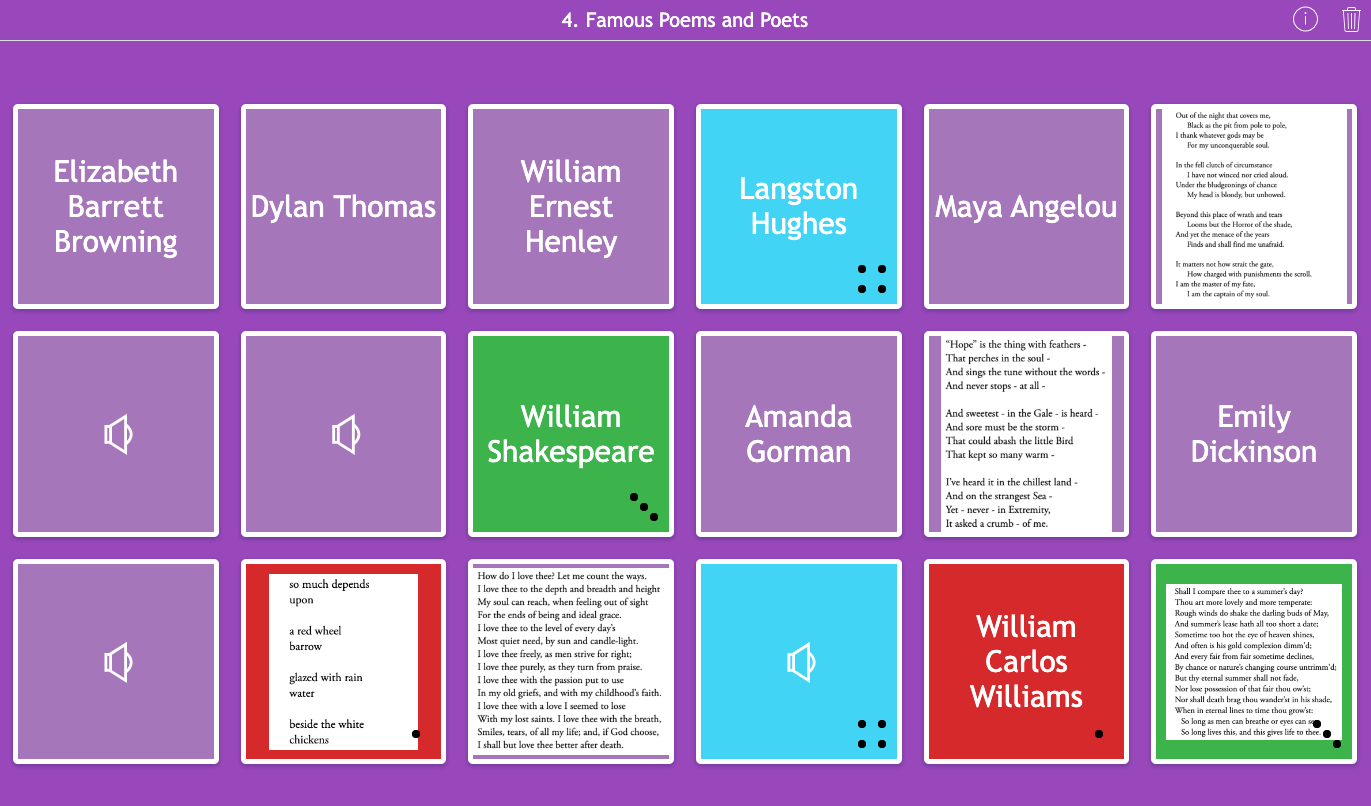
Click to open
5. Word Search - Narrative Terms Practice
This next game-based activity, made with the Word Search widget, challenges students to identify literary narrative terms such as metaphor, simile, and personification. Students sit with a partner or group, locate each word in the puzzle, then turn and talk to their classmates, sharing the definition and any examples that come to mind.
💡 Pro tip: Increase the difficulty level of this activity by hiding the list of words to find and allowing words to be found horizontally, vertically, diagonally, AND in reverse directions.

Step-by-Step Guide: How to Teach Students to Write Ecopoems
As students become more comfortable with poetic structures and devices through interactive, game-based learning, they are well-prepared to take the next step—creating their own ecopoems. This process of composition allows students to apply their newfound skills and express their ecological concerns creatively, as well as aligns to English Language Arts and climate change educational standards.
Students can channel their inspiration and technical skills into crafting meaningful, multi-media ecopoems with a straightforward, four-step process:
- Choose your sources of inspiration: Partner with science teachers, look around locally, or jump online to find ecological topics for poetry writing.
- Decide on the structure of the poem: Start by composing short poems like haiku or acrostic, then branch out to more complex structures. Create a series by composing multiple poems in various structures that are on the same topic.
- Compose the poem, revising as needed: Your students are the artists: let them paint with words!
- Choose tools and medium(s) to artistically showcase the poem: Mediums could include post-it notes, paper, canvas, paint, video, or other digital apps like Adobe Express, Canva, Genially, Google Slides, PowerPoint, etc.
Need some help getting your students started?
👇Here are 10 interactive poetry activities that will kickstart the creative process for composing ecopoems.
10 Activities for Composing Ecopoems
These ecopoetry writing tasks invite students to engage both their creative and critical thinking skills. As they compose poems that reflect on ecological issues, students apply literary techniques while exploring human-environment interactions. This interdisciplinary approach aligns with English Language Arts standards for reading and writing poetry and with science and climate change education standards that focus on environmental literacy, sustainability, and the impact of human activity on natural systems.
Aligned ELA Standards:
- CCSS.ELA-LITERACY.RL.5.4: Determine the meaning of words and phrases as they are used in a text, including figurative language such as metaphors and similes.
- CCSS.ELA-LITERACY.W.6.3.D: Use precise words and phrases, relevant descriptive details, and sensory language to convey experiences and events.
- CCSS.ELA-LITERACY.W.7.4: Produce clear and coherent writing in which the development, organization, and style are appropriate to task, purpose, and audience.
- CCSS.ELA-LITERACY.W.8.3: Write narratives (or narrative-style poems) to develop real or imagined experiences or events.
Aligned Science & Climate Change Standards:
NGSS:
- MS-ESS3-3: Apply scientific principles to design a method for monitoring and minimizing a human impact on the environment.
- MS-ESS3-4: Construct an argument supported by evidence for how increases in human population and per-capita consumption of natural resources impact Earth’s systems.
STEELS (Pennsylvania):
- ELS.3-5.4.C: Identify and explain how literature and the arts can be used to communicate environmental messages.
- ELS.6-8.3.A: Analyze how human activities alter the environment and propose solutions that foster environmental sustainability.
New Jersey Climate Change Education Standards:
- Visual and Performing Arts 1.2.12prof.Re7b: Analyze how a variety of media artworks affect audience experience and create intention through multimodal perception when addressing global issues including climate change.
- Science 5.4.8.G.3: Determine the impact of human activities on climate change and how these impacts can be minimized through engineering solutions and public policy.
California Environmental Principles & Concepts (EP&Cs):
- Principle I: People depend on natural systems.
- Principle III: Natural systems change in ways that people benefit from or can be harmed by.
- Integration with NGSS: California’s Science Framework integrates EP&Cs into NGSS instruction, encouraging students to evaluate environmental problems and human solutions through creative expression and scientific analysis.
1. Digital Magnetic Poetry
You don’t need an actual refrigerator or physical magnets for this fun ecopoetry exercise! This digital, drag and drop version was made with a Worksheet widget and a Text Drag and Drop question.
2. Digital Blackout Poetry
Blackout poetry is a creative technique where a poet takes a printed page and blacks out most of the text, leaving only select words visible to form a new poem. This art form repurposes text to uncover new meanings and integrates visual design, as the arrangement of words and the spaces around them enhance the poetic message. This digital version made with a Whiteboard widget prompts students to use the drawing tools to obscure and highlight specific words from a page out of Charles’ Freerick Holder’s book, Half Hours with Fishes, Reptiles, and Birds (1906). Duplicate this activity and add screenshots from other scientific texts and classroom textbooks for a unique “reading” experience!
3. Fill in the Blank Recycled Poem
This next digital poetry activity was made with a Worksheet widget and an Annotate Picture question prompts students to fill in the blanks of a famous poem with their own words.
4. Eco-Acrostic Poem
An Acrostic poem is a poem in which the first letter of each line, when read vertically, spells out a word, name, or message. This Worksheet widget includes a Rich Text Question for students to compose their own eco-acrostic poem.
5. Composing Eco-Haikus with Images
Haikus may seem easy to write with their three lines of 5-7-5 syllables, but don’t be fooled by their conciseness. This traditional form of Japanese poetry demands precision and economy, challenging poets to convey depth, emotion, and often an observation of nature within a tight framework. The artistry lies in the subtle interplay of imagery and juxtaposition, inviting readers to uncover layers of meaning in just a few lines. Inspire students to compose ecohaikus using this Random Images widget.
6. Eco-Haiku Poem Checklist
This Checklist widget guides students step by step through the process of composing an Eco-Haiku. This widget is great for teachers to keep track of students’ progress through the creation process.
7. Paint Chip Ecopoetry
Here is a “random” ecopoetry prompt made with a Randomness widget embedded in a Worksheet widget. Spin the wheel to reveal a palette of evocative and imaginative paint names. Composing poetry from the names of paint on paint chips offers a creative and whimsical approach to poetry writing.
8. Eco-Cinquain Poem
Cinquain is another accessible poetic structure that has an easy to follow pattern. This Worksheet widget includes a Rich Text Question for students to compose their own eco-cinquain poem.
9. Compose Eco-poems with Before/After Images
Teachers can harness the power of imagery to inspire all students in their ecopoetry writing–no matter the structure, whether it be a haiku, free verse, or sonnet–using the Before/After widget to compare two pictures with each other. You can also use this widget to spark conversations and analysis. This example includes an ecosonnet composed with the help of ChatGPT and directs students to analyze the poem and the provided images of the Grinnell Glacier from 2021 and 1887.
10. Ecopoetry in the National Parks
For an in-person ecopoetry experience, have students visit the National Parks in person and check out the poetry installations by Ada Limón, the nation’s 24th Poet Laureate Consultant in Poetry, who in partnership with the Library of Congress and the Poetry Society of America will feature site-specific poetry installations in seven national parks.
But if unable to do a class field trip in person, this digital poetry activity inspires students to virtually explore 20 of the 63 National Parks in the United States through an annotated Google Map widget. Students click on the map marker, read the information for each location, view the images, and even visit any linked resources. They can then choose a location as inspiration for a poem writing. Students can also explore each location via Street View with the Google Map widget.

Using Ecopoetry for Climate Change Advocacy in the Classroom
In order for ecopoetry to be a catalyst for environmental advocacy, we need to share the poems that we and our students compose. Publishing and sharing ecopoems, whether on a post-it note, in the classroom, in a book, on social media, or in person, plays a vital role in the creative process and is essential for environmental and ecological advocacy.
Making poems visible to others celebrates creative expression, and invites valuable feedback, interaction, and appreciation of diverse perspectives, as well as aligns to educational standards such as NJ’s Climate Change Standard for Visual and Performing Arts 1.2.12prof.Re7b: “Analyze how a variety of media artworks affect audience experience and create intention through multimodal perception when addressing global issues including climate change.” Publishing ecopoems for the public to see transforms them into catalysts for change by contributing to a broader dialogue about environmental conservation and sustainability that inspires community engagement and amplifies the call for action.
🌿 This ecopoem which I composed is modeled off of Langston Hughes’ poem, “Harlem” and is inspired by the impact of rising sea levels on the marshland and riparian forest of the Edwin B. Forsythe National Wildlife Refuge that surrounds my local area of Barnegat Bay in New Jersey, USA. I created this video using Adobe Express and photos I’ve taken.
Click to play 🌿 This mixed media ecopoem was composed by a 5th grade student for a contest sponsored by The Garden Club of Long Beach Island, NJ, USA and created using Adobe Express.Click to play
After publishing the ecopoems, you can take several actionable steps to further your role as a catalyst for ecological advocacy:
Organize or Participate in Readings and Art Installations: Hosting or participating in poetry readings and art installations can further spread the message of the ecopoems. These events can be great platforms for community engagement and education on environmental issues. Art installations, whether they be part of a community garden or other public space, provide opportunity for anyone who visits the location to learn and be inspired.
Collaborate with Local Organizations: Partner with environmental groups or local community centers to use the ecopoetry as part of their awareness campaigns and conservation projects. Your students’ ecopoems can help illustrate the impact of environmental issues in a way that resonates emotionally with the public. Offer to have your students read their poetry at events or use the ecopoems in educational materials to inspire volunteers and participants.
Use Social Media: Share your students’ ecopoems on social media platforms to reach a broader audience. You can create posts, videos, or even live sessions where your students’ read their poems and discuss the environmental themes within them. Engage with the audience by asking questions and encouraging them to share their thoughts and actions on environmental preservation.
Engage with Policy Makers: Use your students’ poetry as a tool to engage with local and national policymakers. Send them your students’ work, request meetings, or speak at public hearings to express concerns and solutions related to environmental issues highlighted in your students’ poems.
EcoExpressions WebQuest Reveal
While all of this information and the activities I’ve shared in this post can be standalone lessons, here is what they look like when packaged together in a complete digital experience using the WebQuest widget.
Teachers can leverage the EcoExpressions WebQuest in various ways to suit different teaching styles and classroom needs. By sharing the student link to the WebQuest and ensuring the “send answers to me” option is selected, educators can facilitate a self-directed exploration for students, allowing them to independently navigate through the activities within the allocated class periods. For a more structured approach, teachers might opt to guide students through the WebQuest in a whole-class setting using an interactive panel, carefully selecting specific activities to complete during the lesson. Alternatively, to encourage student agency, teachers could offer choices, allowing students to pick one or two activities from each section to complete within one or two class periods, thus tailoring the learning experience to their interests and needs.
Watch this video for a guided tour of the EcoExpressions WebQuest. I provide you with an overview of navigation and walk your through ALL of the activities contained with in it.
Click to watch
Wrap Up
Thank you for joining me on this journey through ecopoetry and its role in climate change education. By incorporating activities from the EcoExpressions WebQuest into your teaching, you’re helping students connect with climate change topics through interactive ecopoetry lesson plans. These cross-curricular activities empower students to create and advocate for a more sustainable future. This approach teaches about the environment by inspiring students to think creatively and advocate passionately for our planet. As you bring these lessons into your classroom, remember, each poem your students craft is more than just words on a page: it’s a potential catalyst for real-world change.
Want to learn more about creating engaging lesson activities with BookWidgets?
✔️ Sign up for upcoming free webinars and view recordings on the BookWidgets Teacher Academy Page.
✔️ Learn more about our special, limited-time pricing for groups of teachers for purchasing BookWidgets now without having to wait for the next school year or budget cycle.
✔️ Follow BookWidgets on BlueSky and LinkedIn and join our teacher community on Facebook!
✔️ And, be sure to connect with me, too, on BlueSky, Facebook, and LinkedIn!
